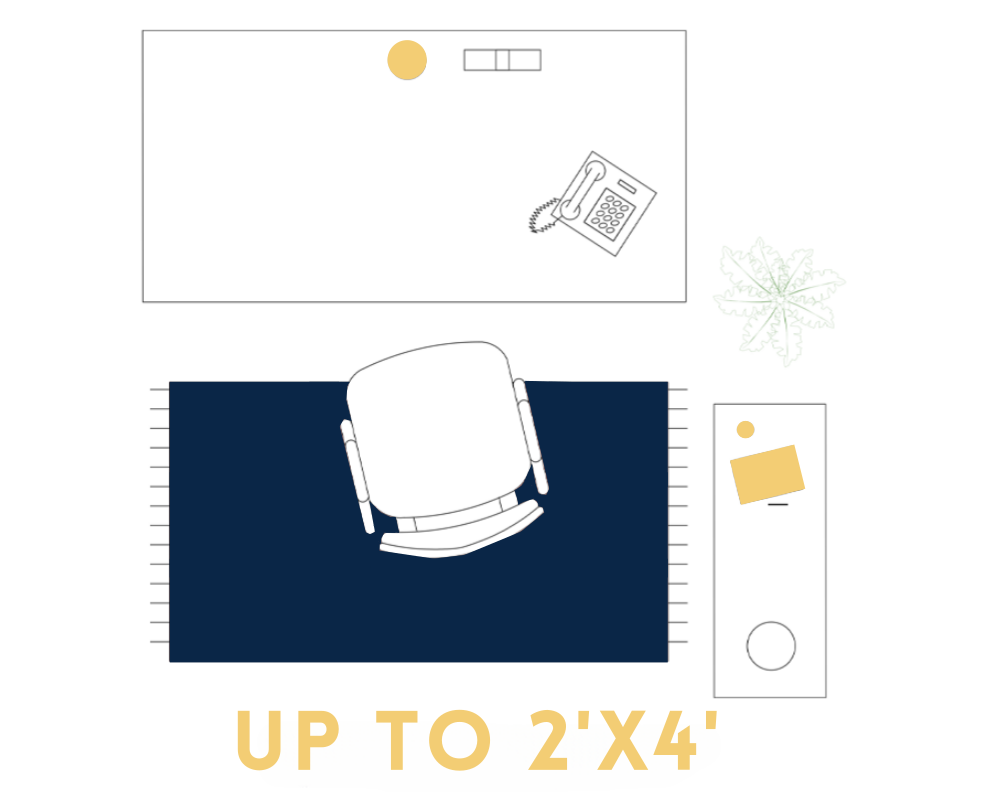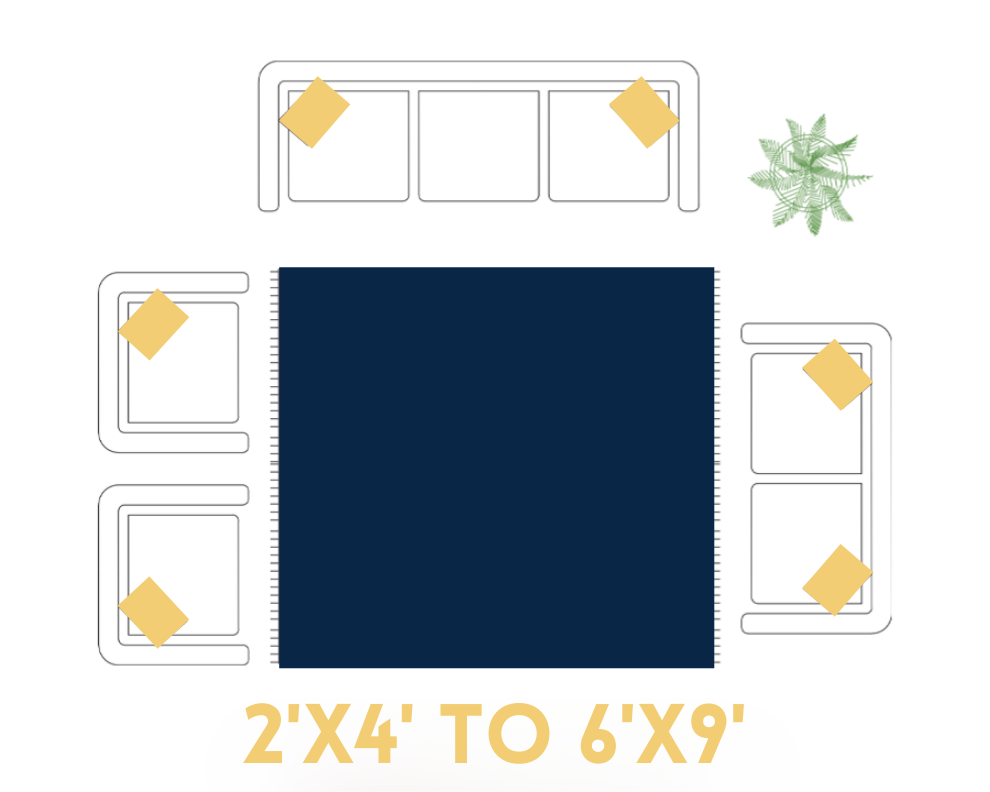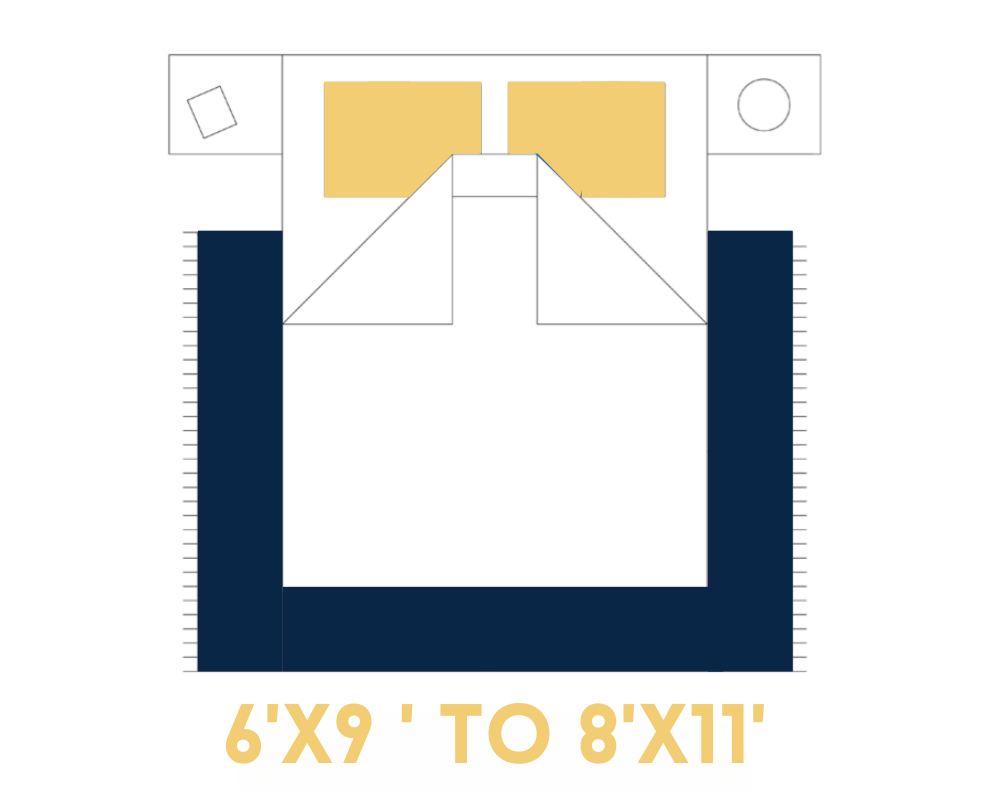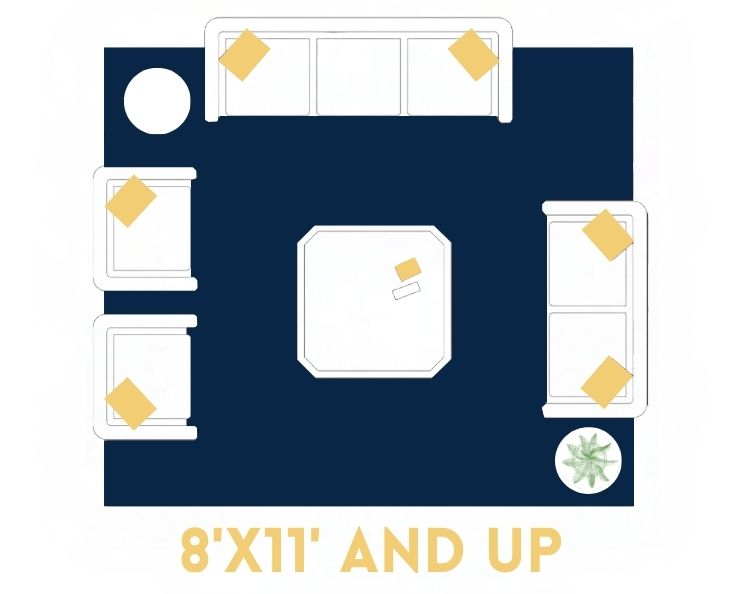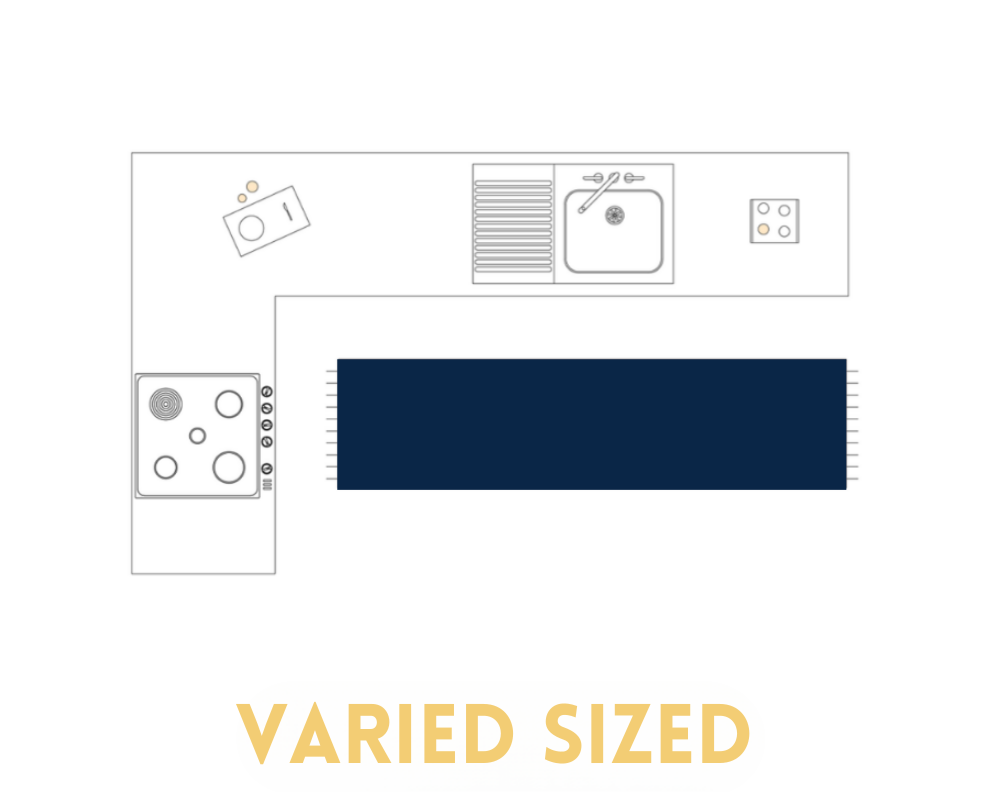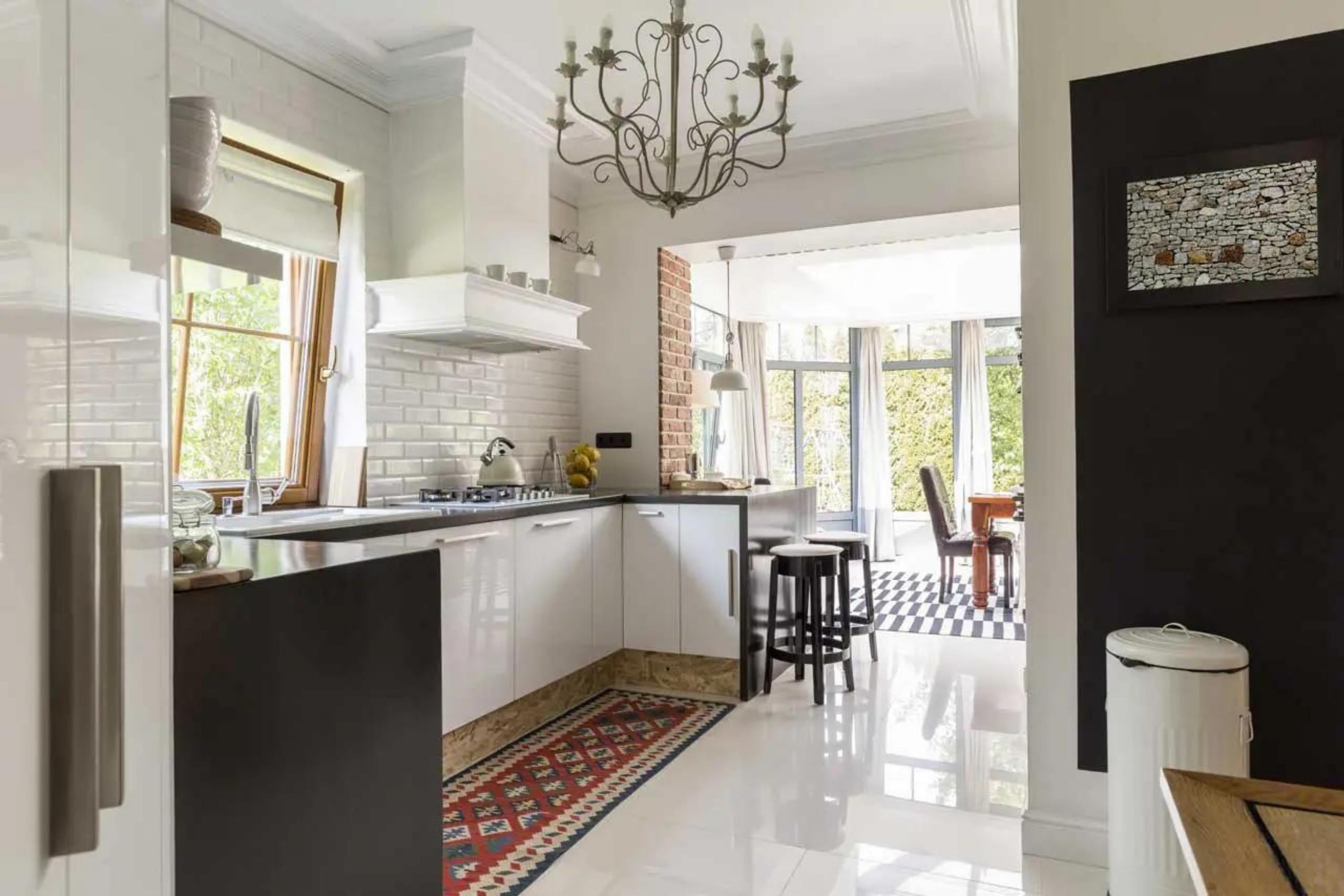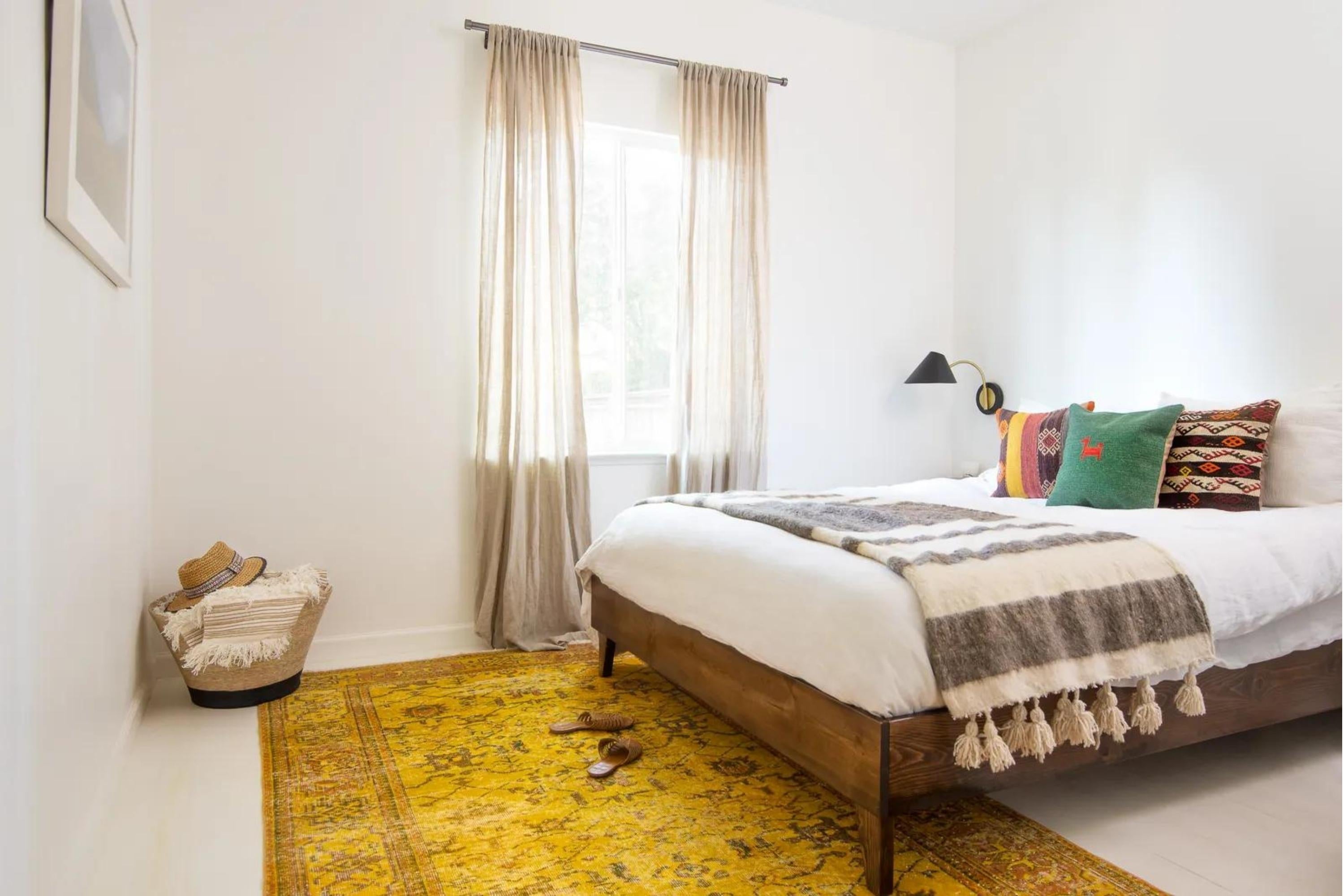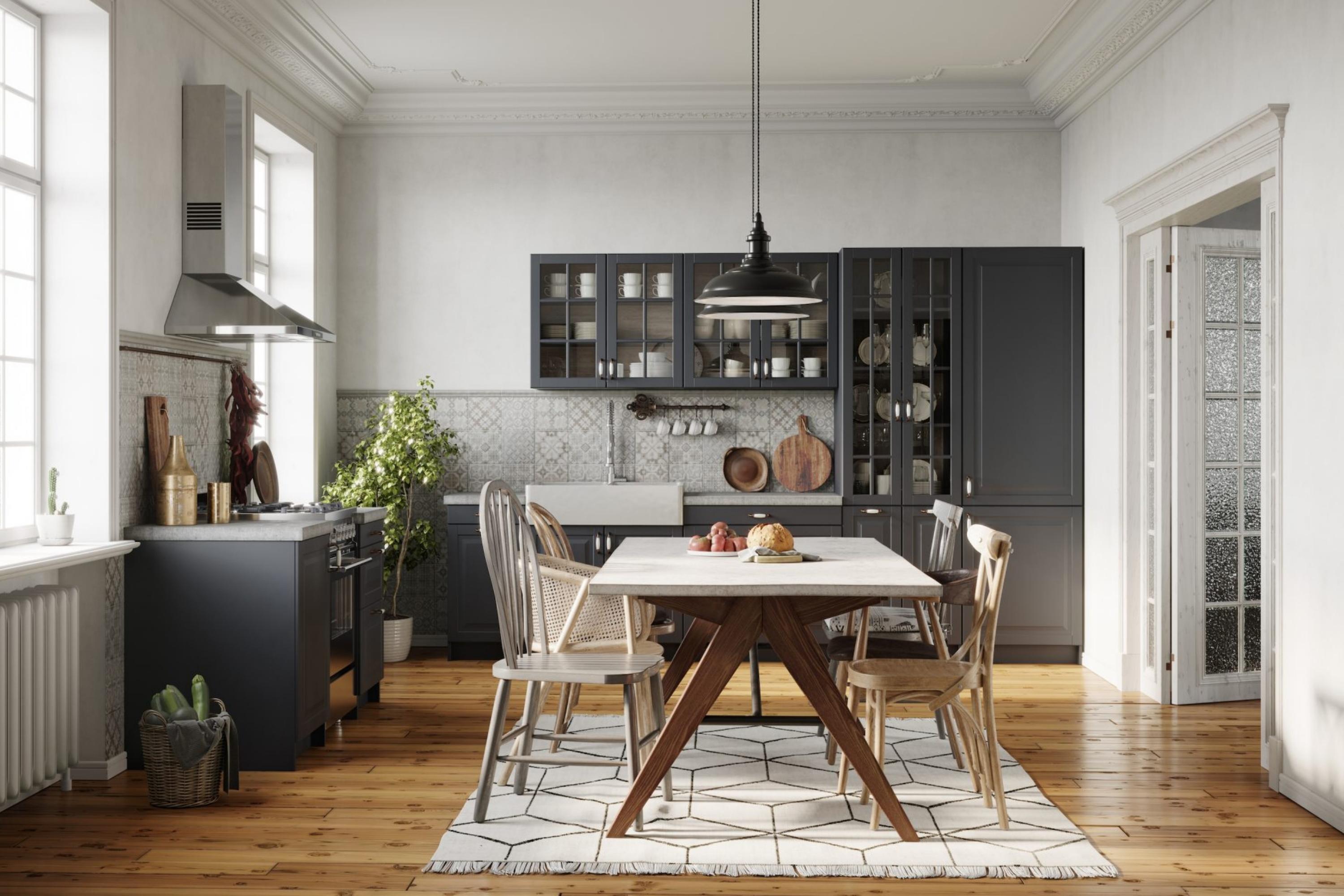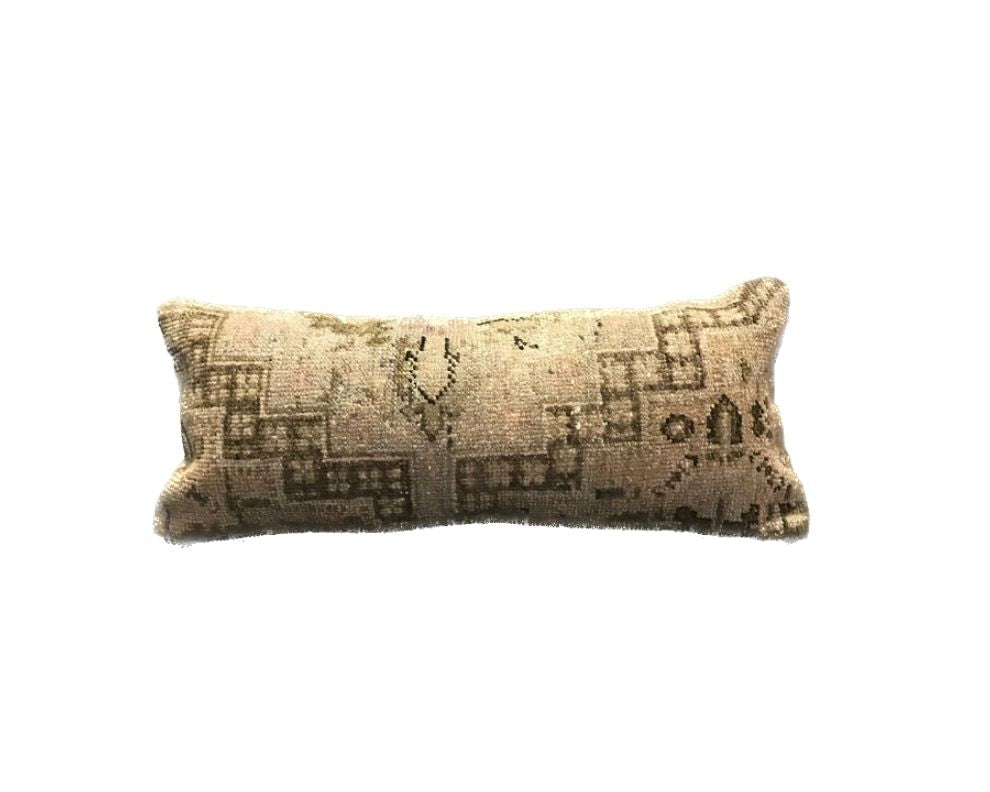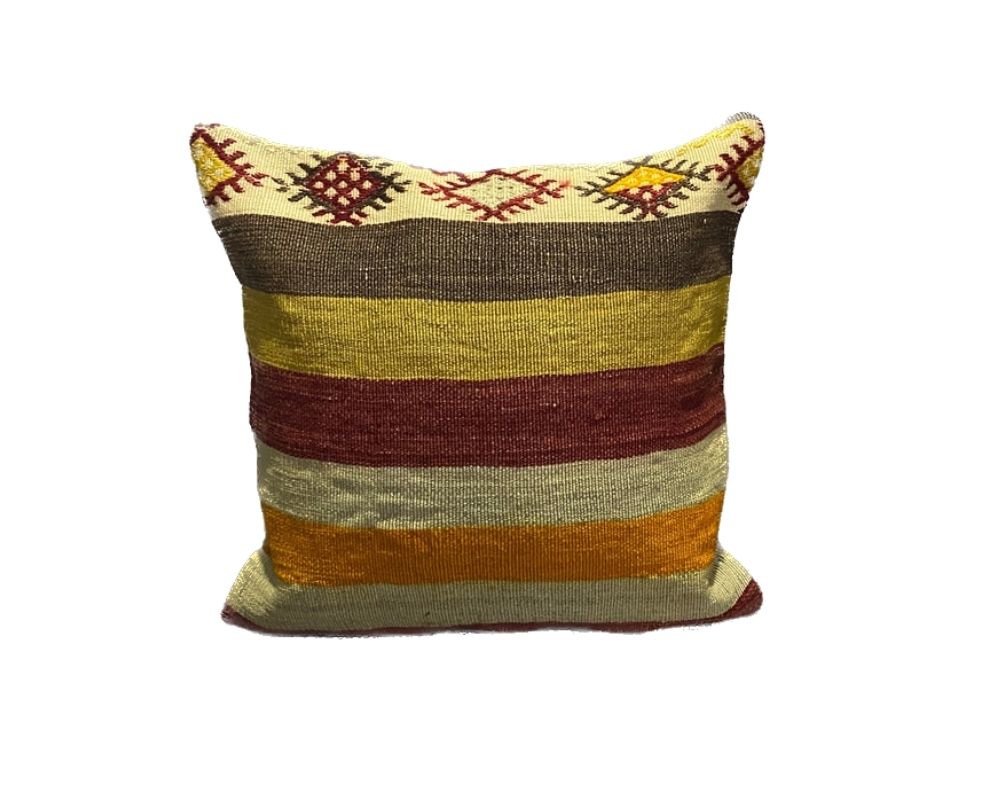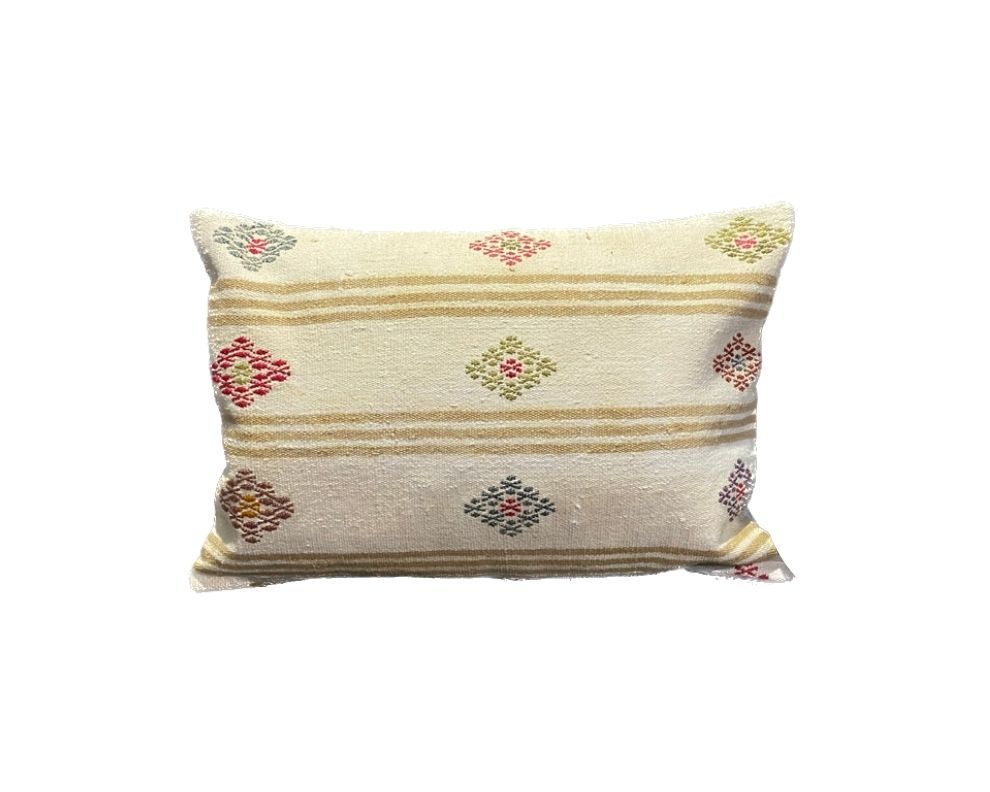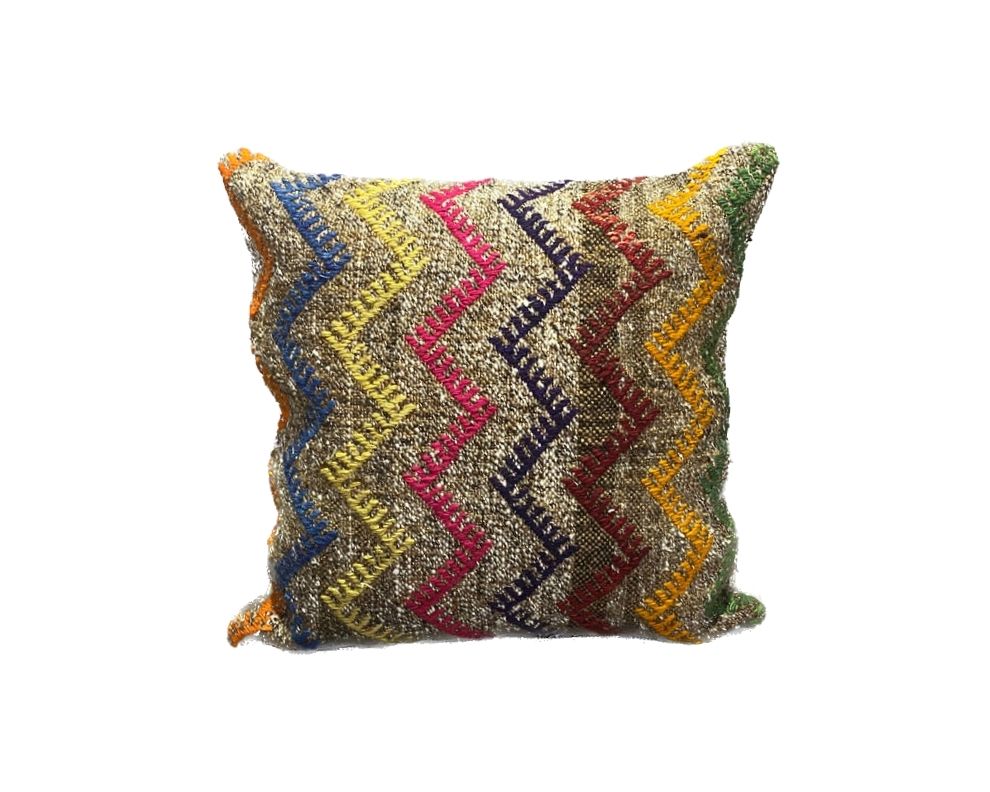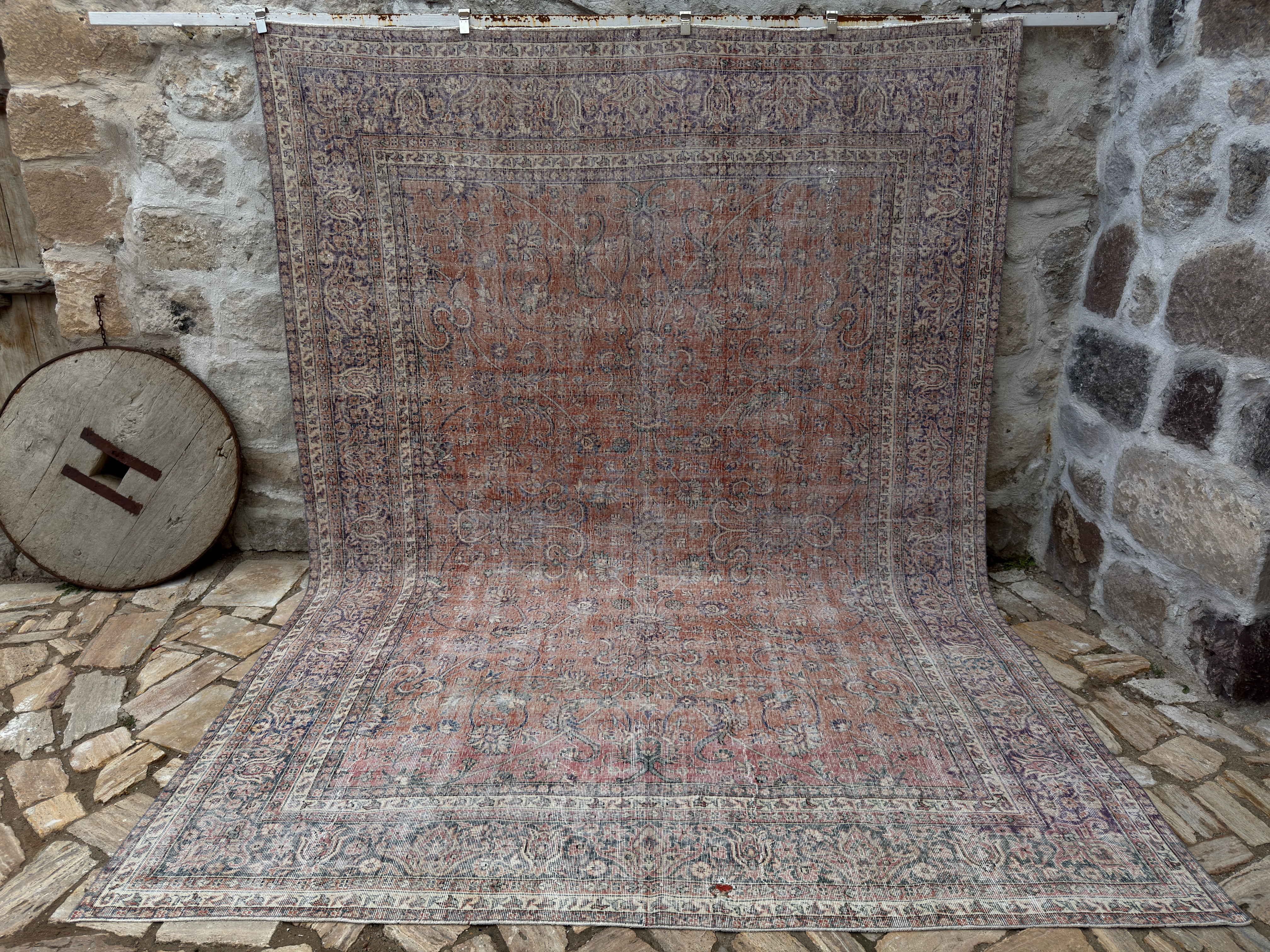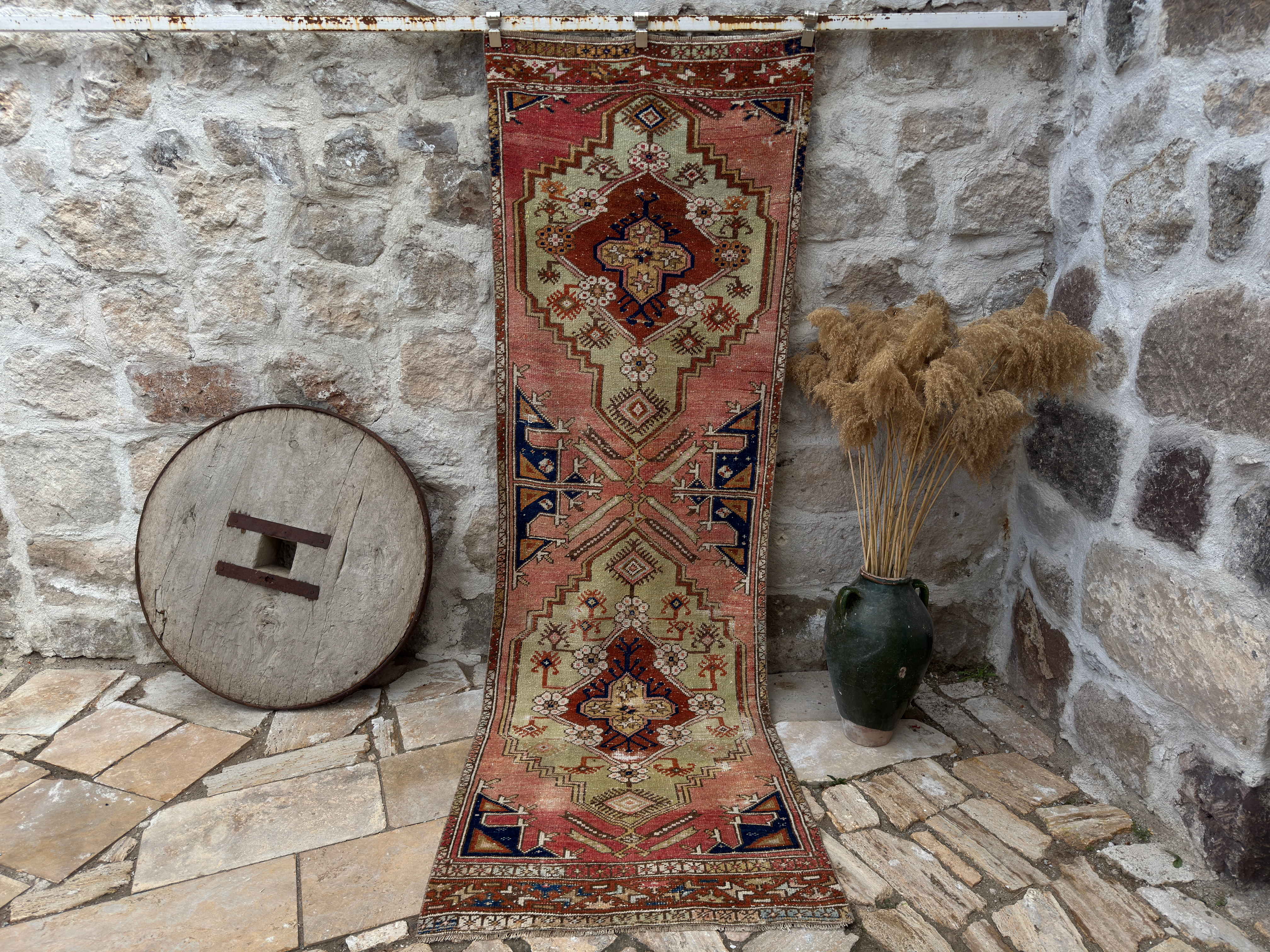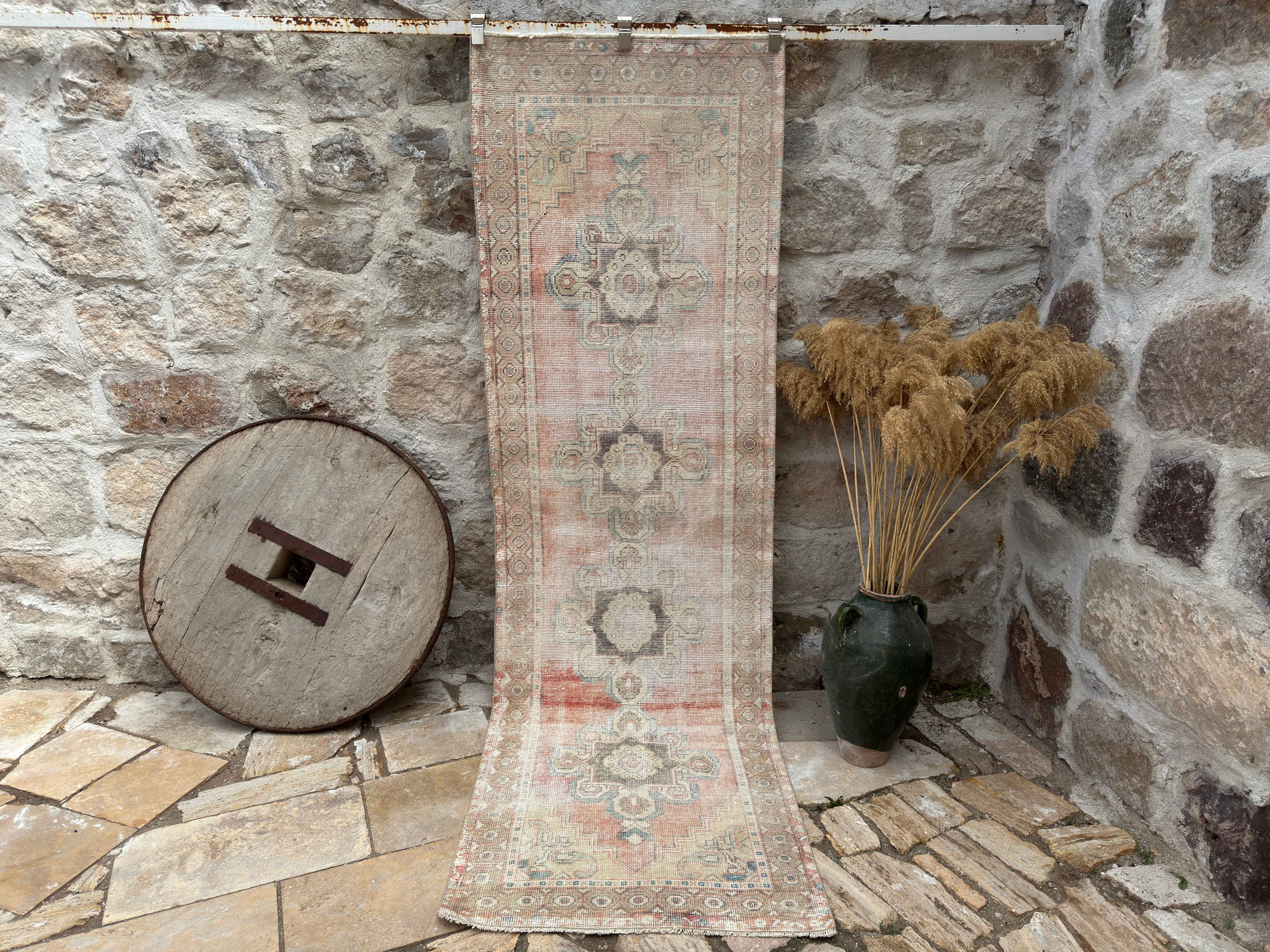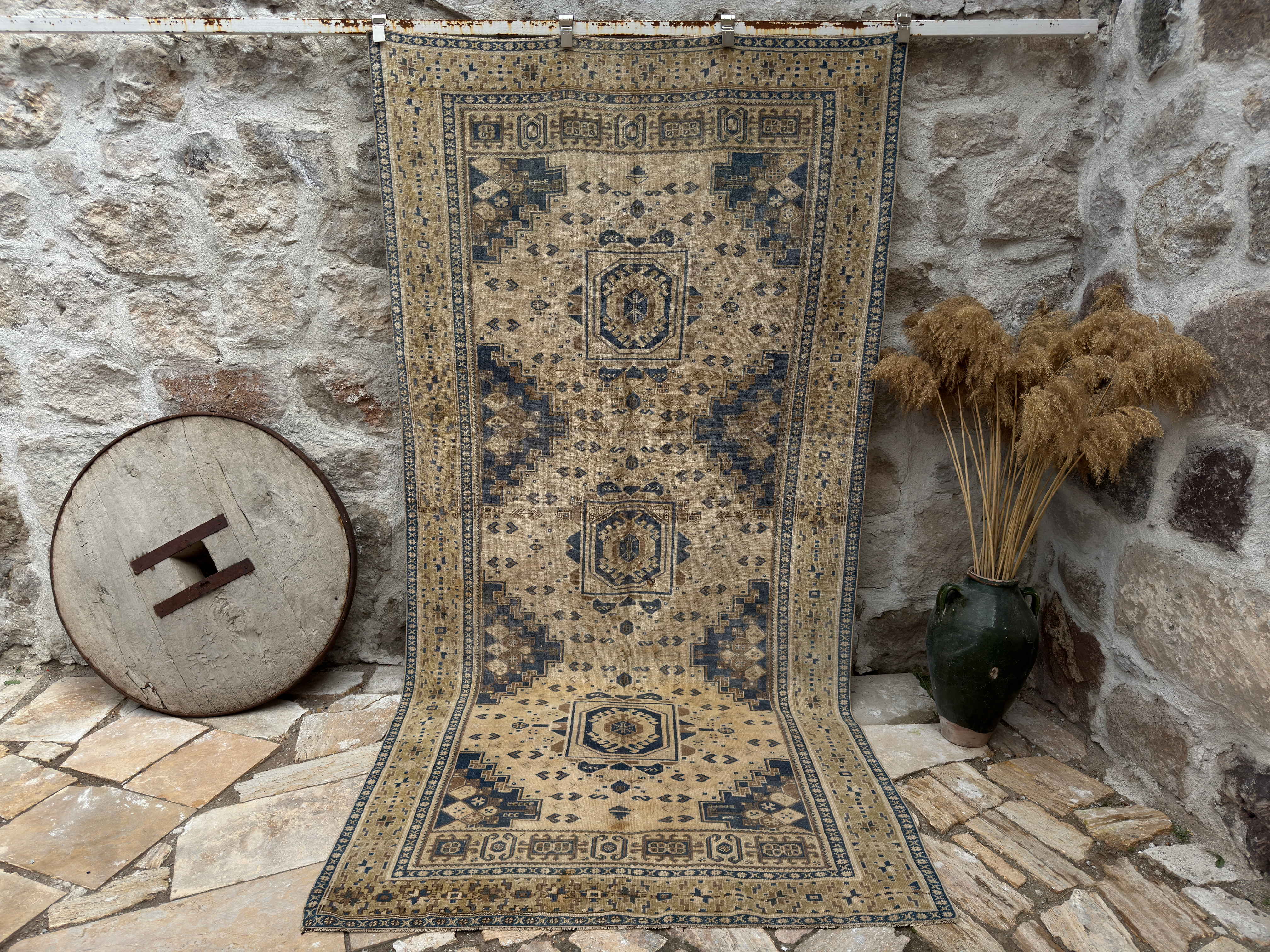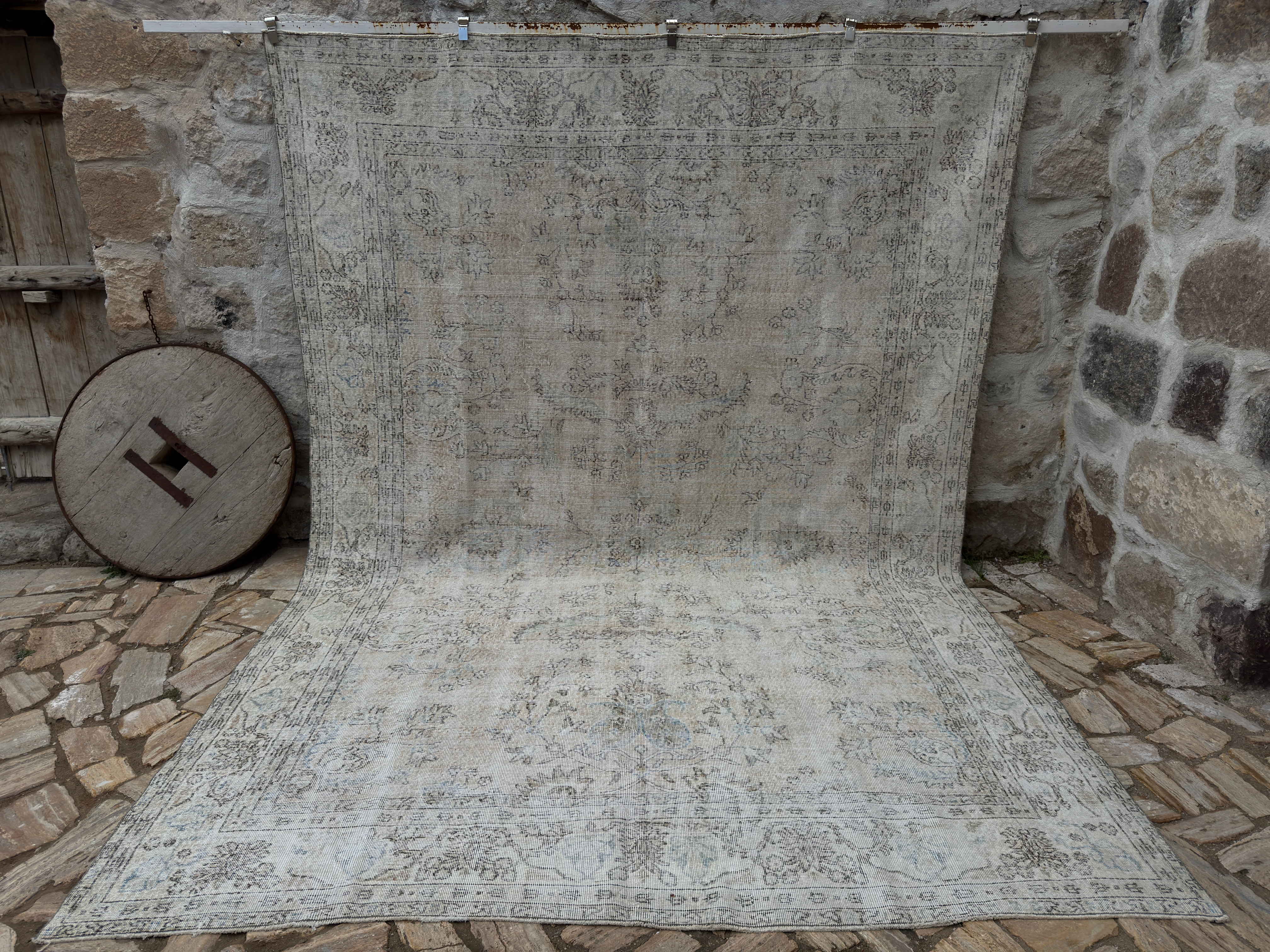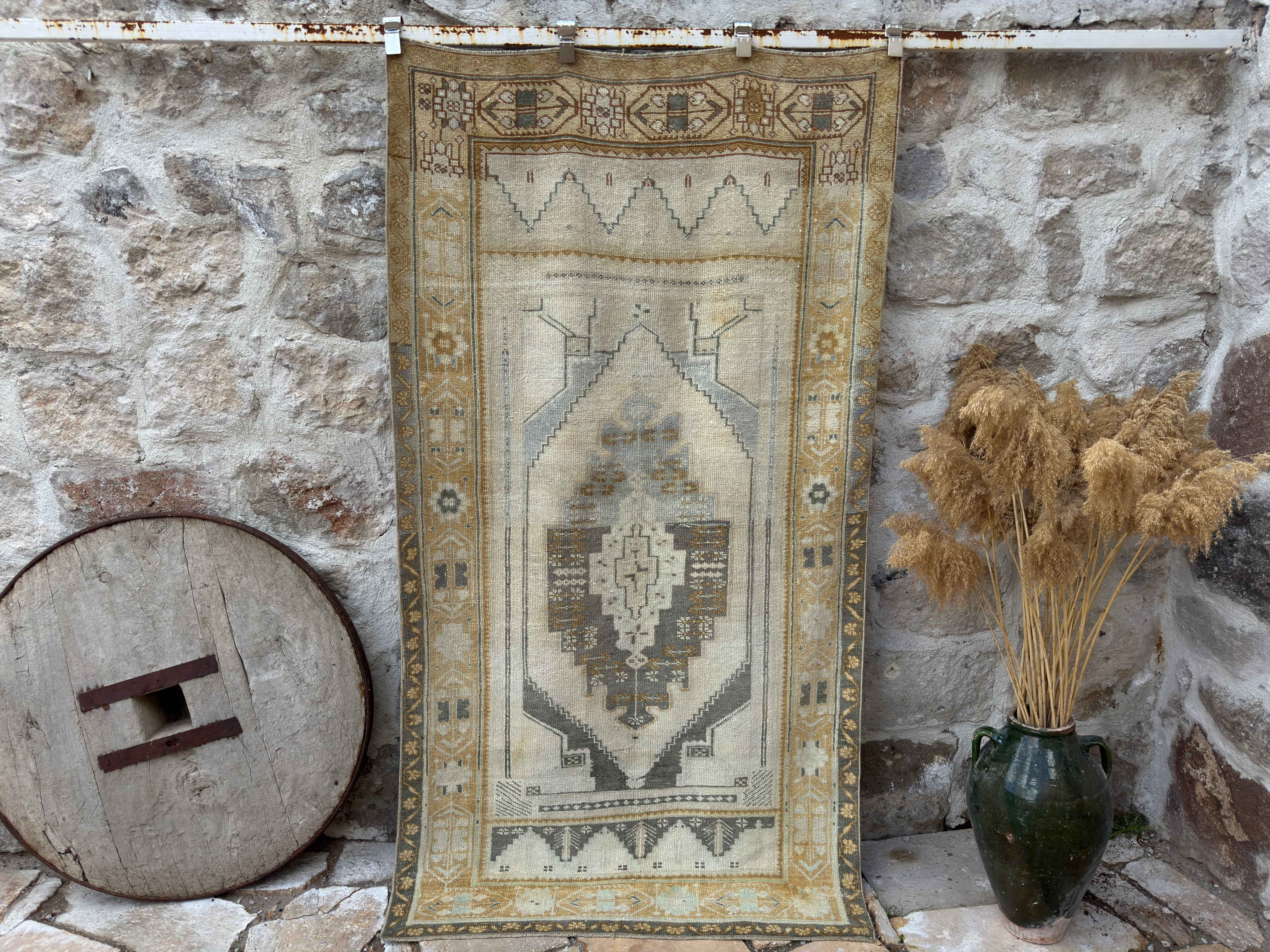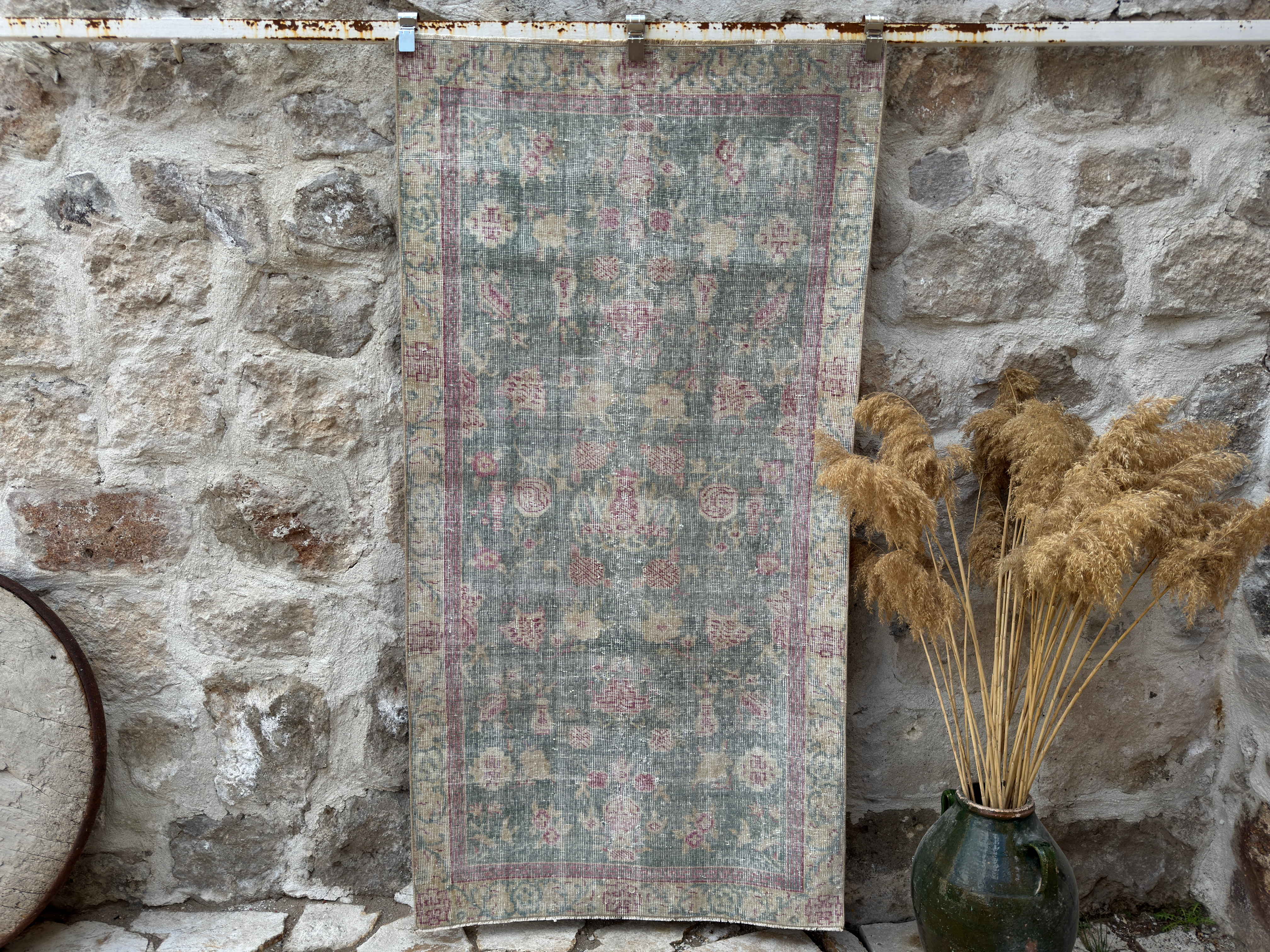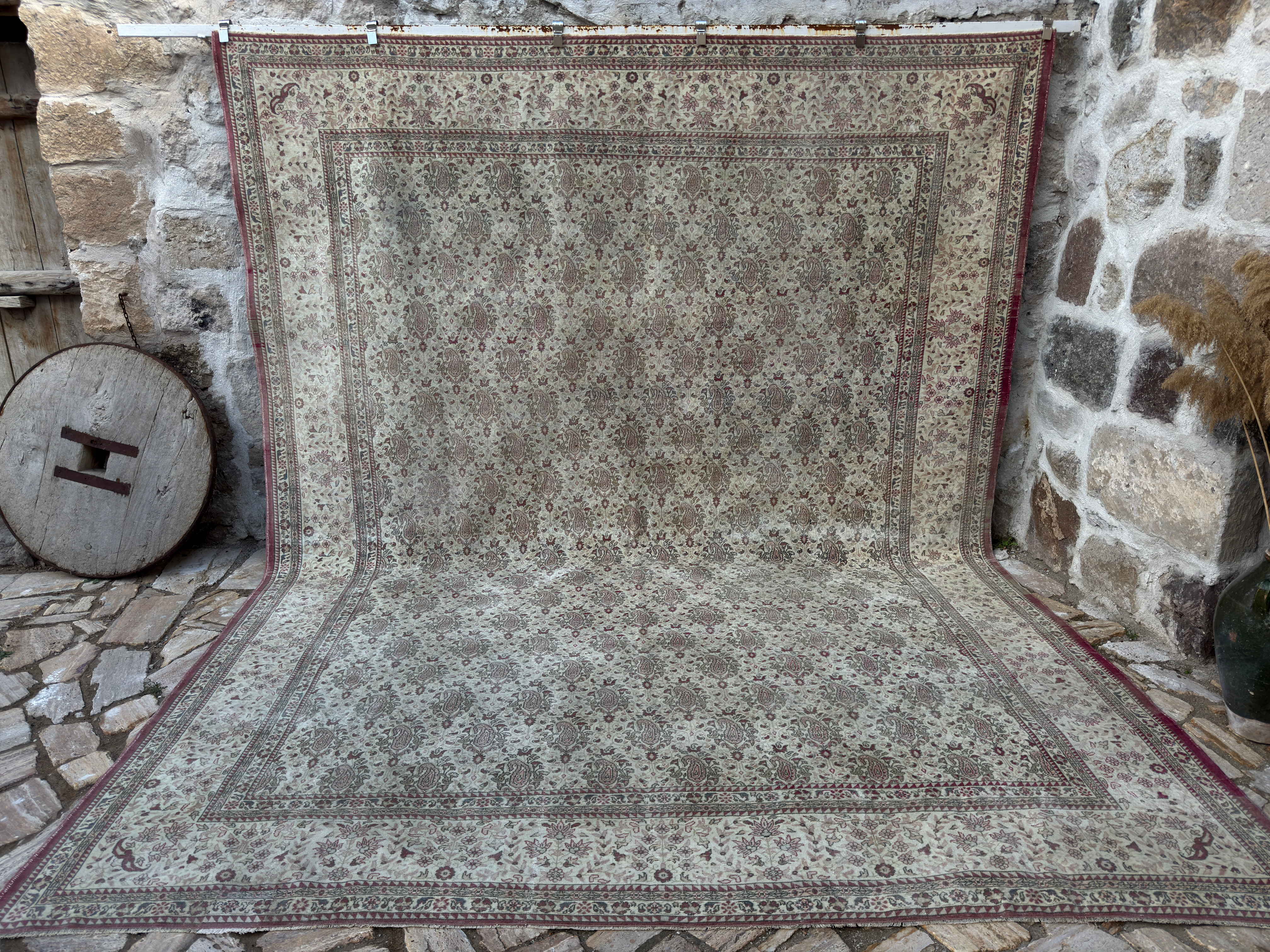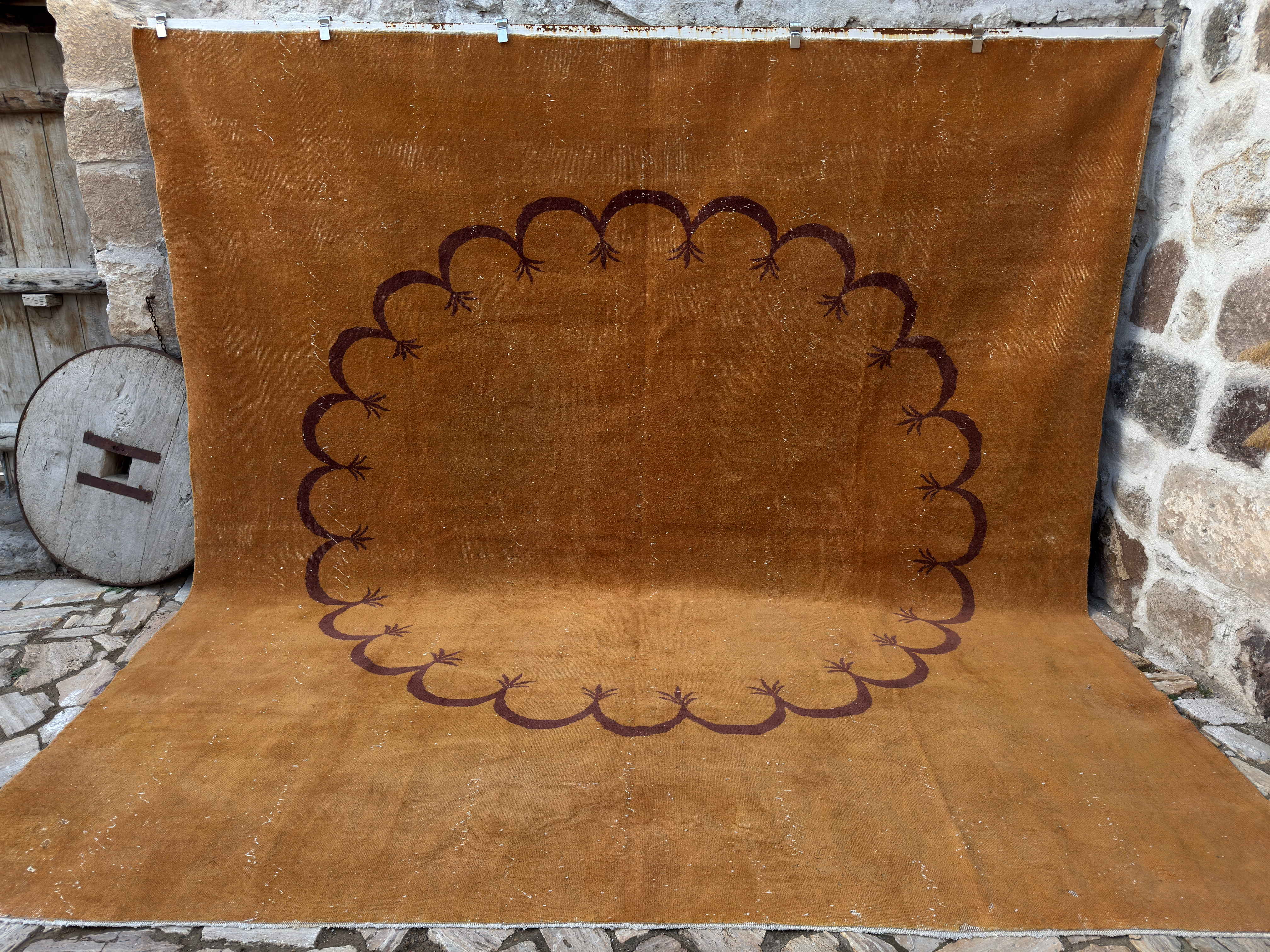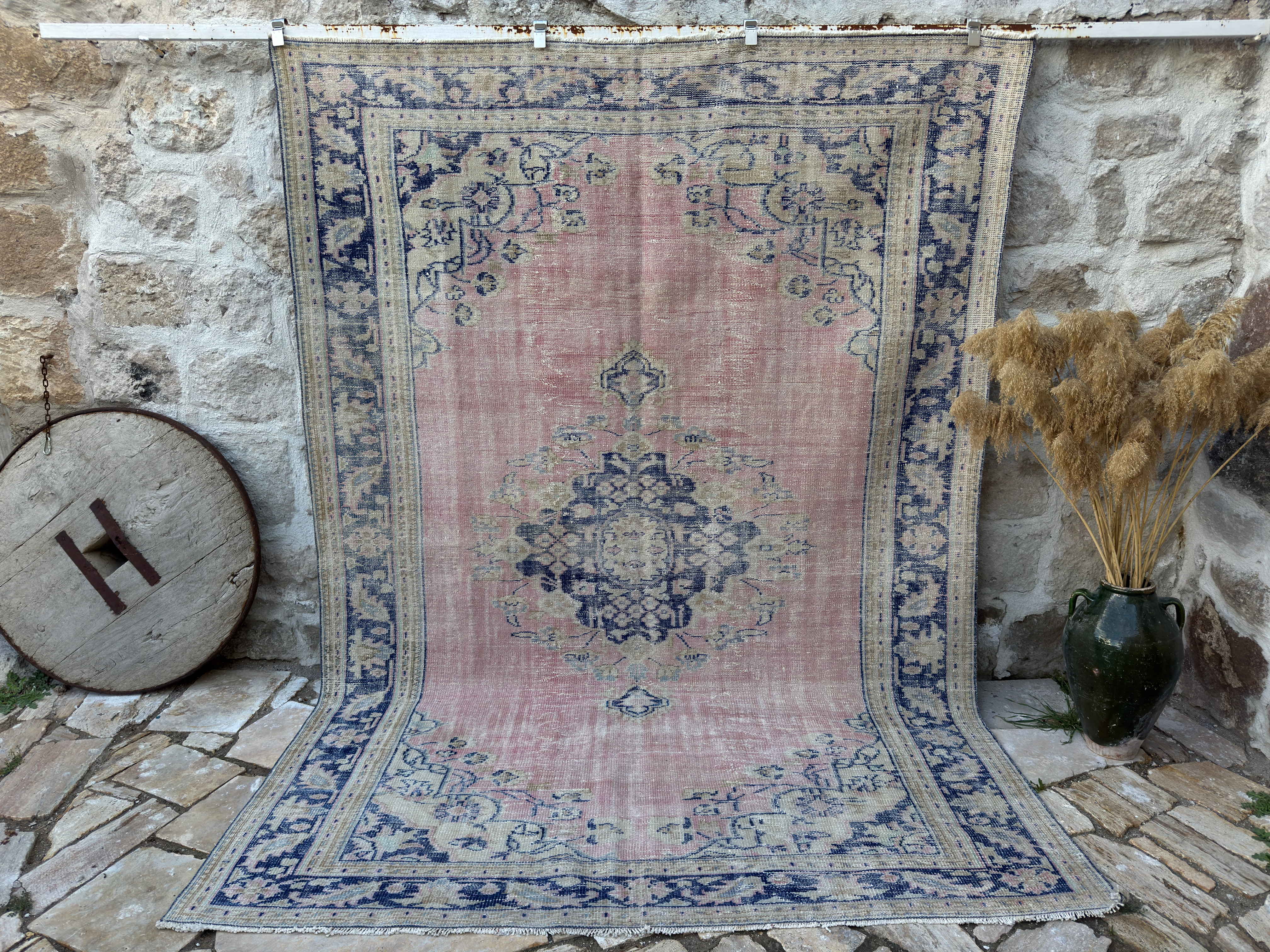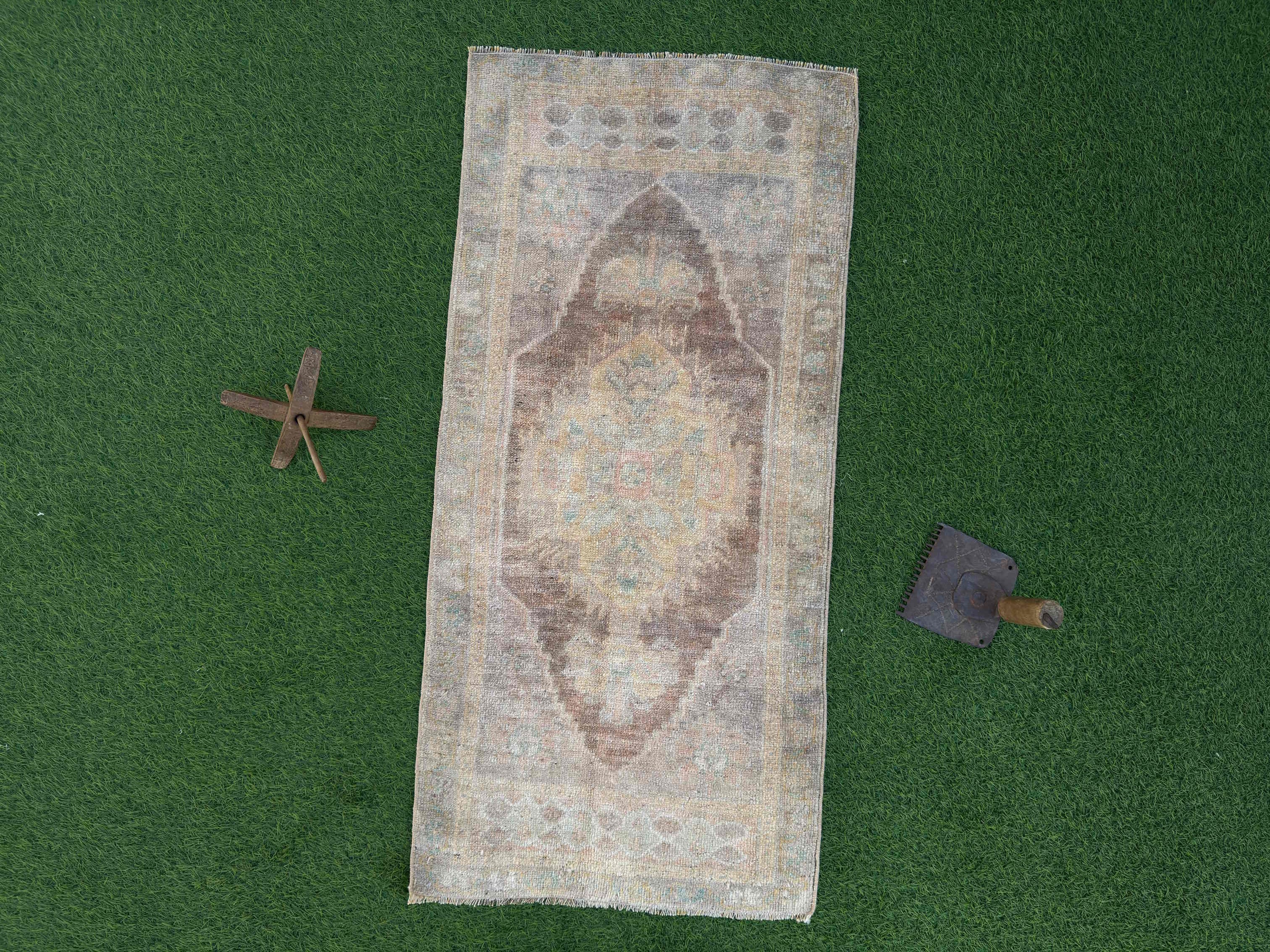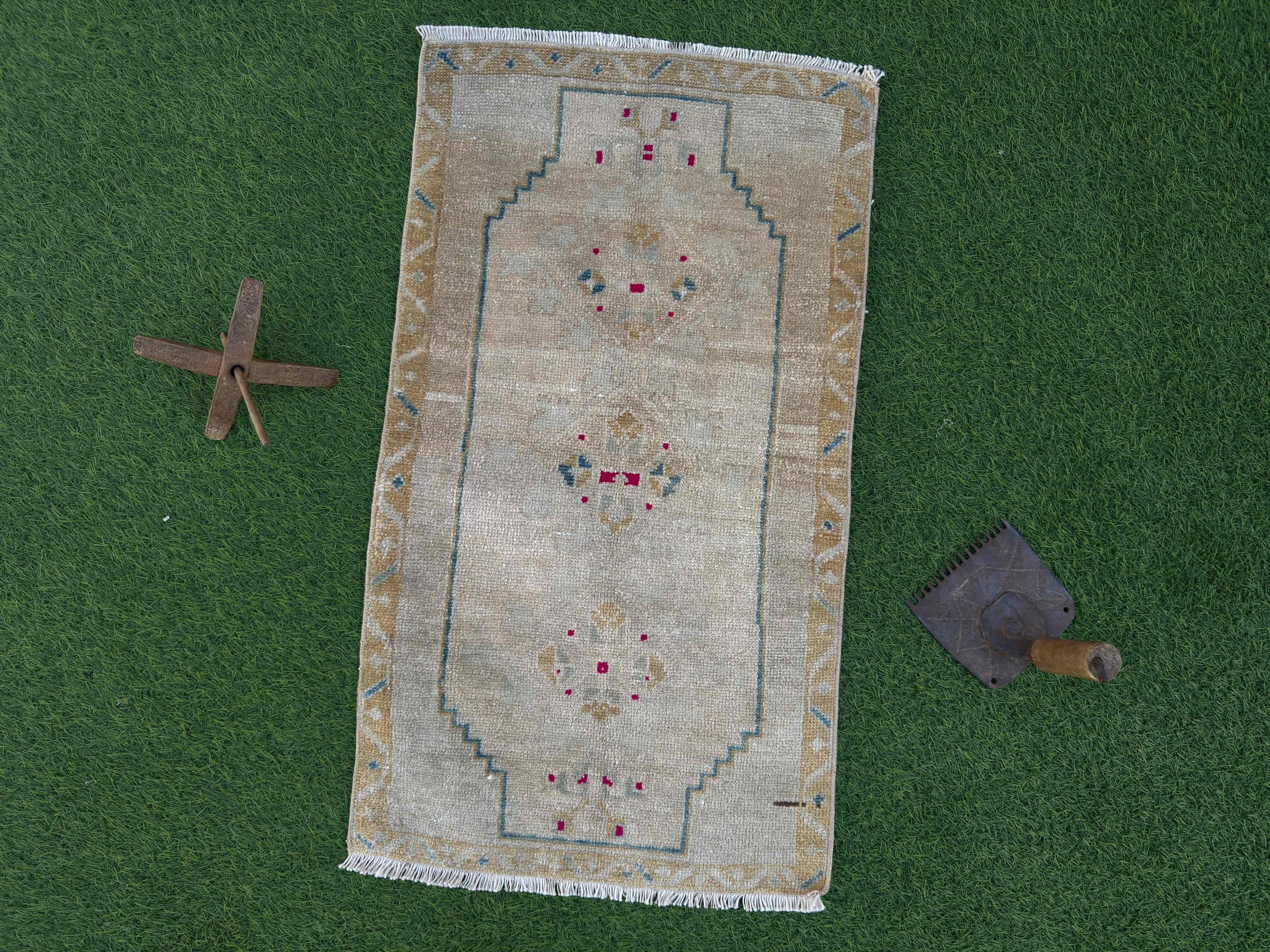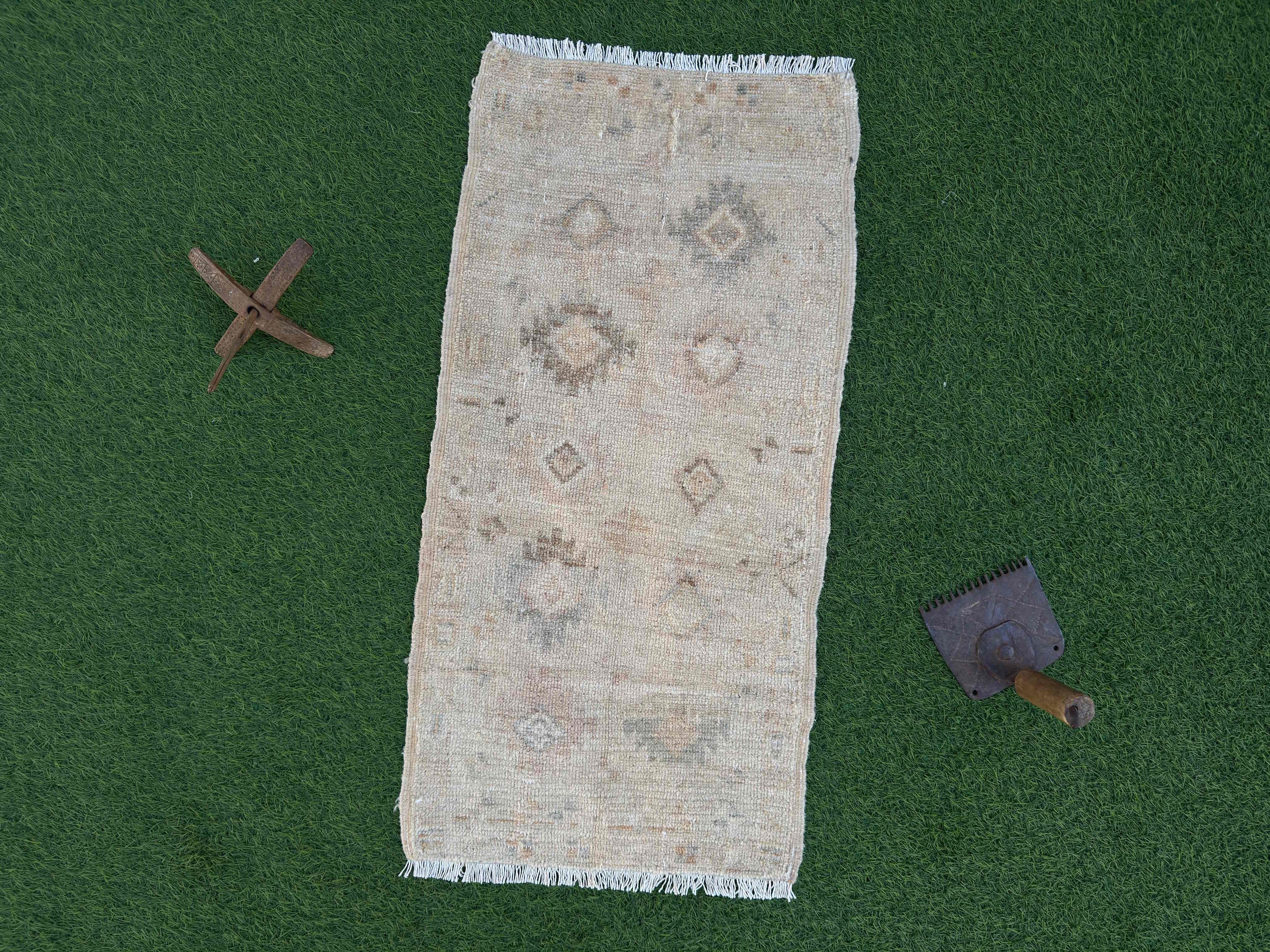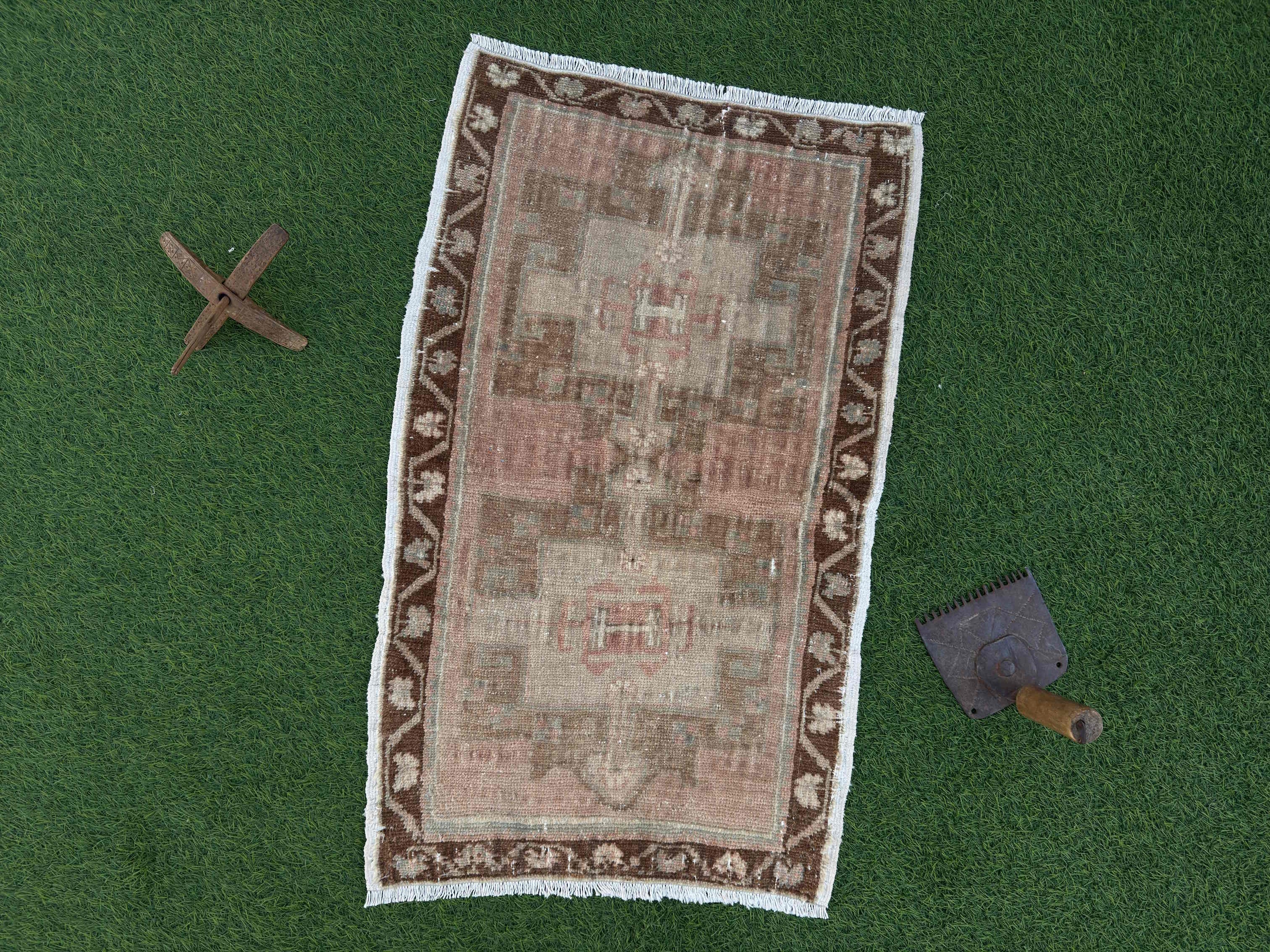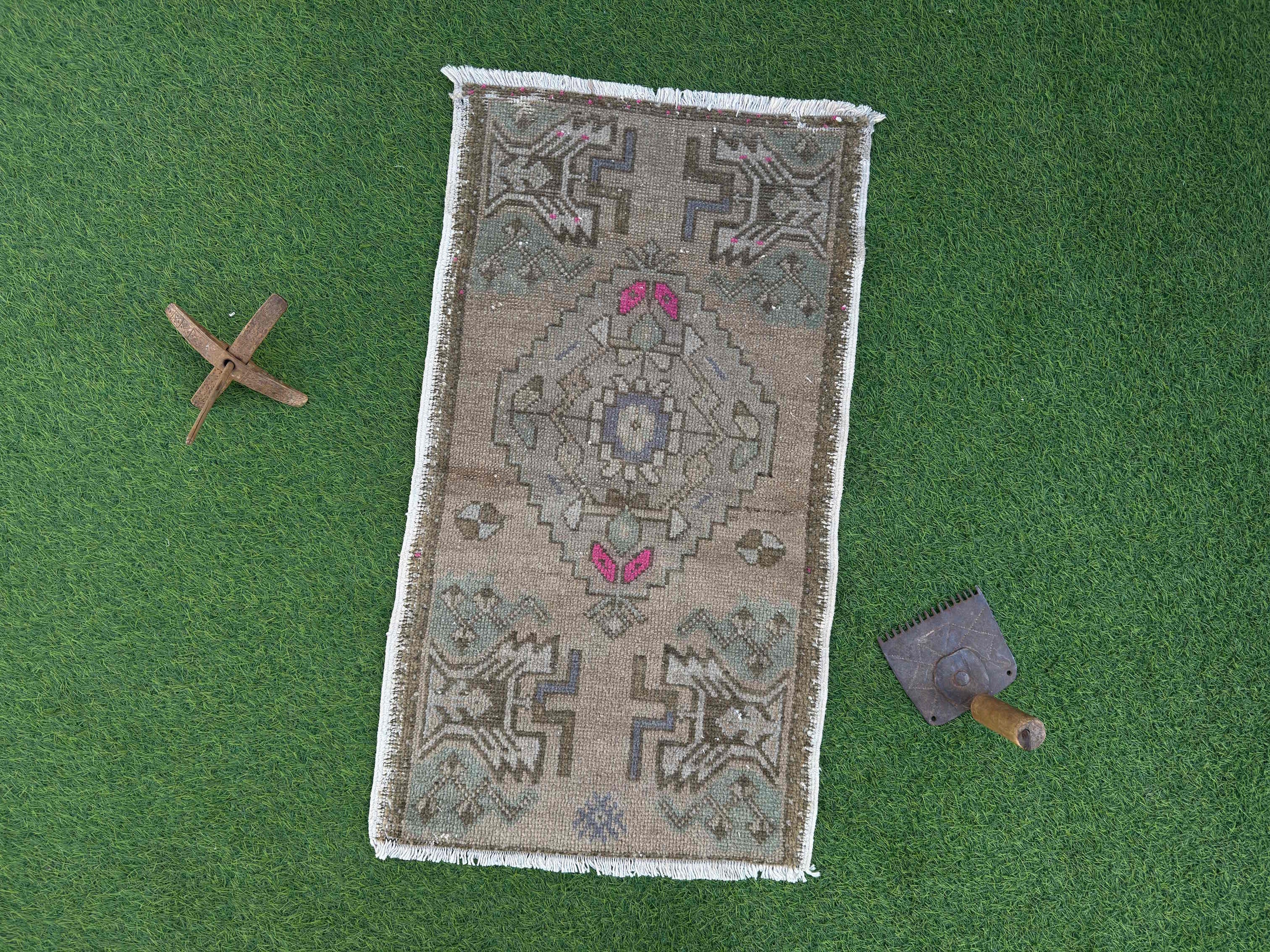Each of Kirmen carpets, which proudly provides over 2,000 certified, 100% handwoven Turkish carpets, comes with an authenticity certificate to ensure your total confidence. Whether your search is for a statement piece or an interior designer looking for top wholesale goods, our unparalleled selection guarantees diversity, quality, and quick availability. Every knot offers investment-grade value and reflects decades of Anatolian workmanship, therefore providing ongoing beauty. Only at Kirmen carpets will you be able to bring the timeless elegance and cultural diversity of real Turkish carpets home. Shop now.
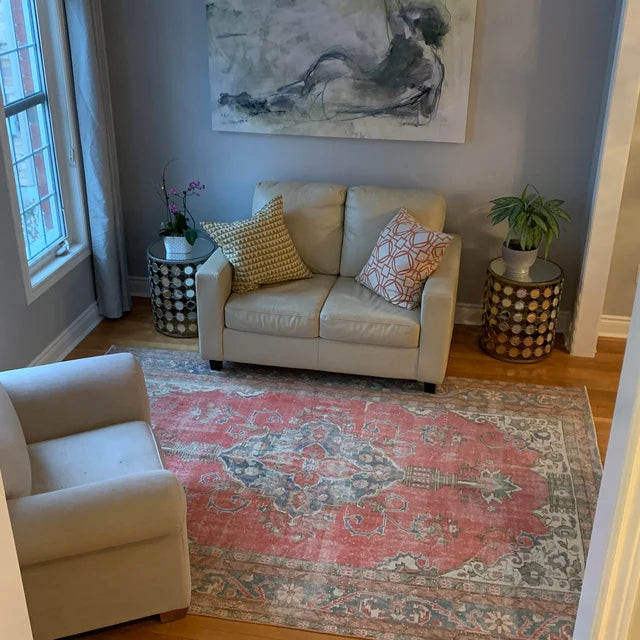
What Affects the Price of Turkish Rugs?
Handmade Rugs vs. Machine Made Rugs
A handmade rug offers two quite different value propositions when compared to a machine-made equivalent. Made from the rhythmic hands of artists that weave each knot with cultural legends and ancestral practices in mind, handcrafted rugs are born from Often spanning months for large, complex designs, the time-consuming process drives up the handcrafted turkish rug pricing. On the other hand, machine-made rugs produce consistent designs in hours rather than weeks by means of automated looms. Although machines shine in offering regularity and cheaper pricing points, they cannot recreate the imperfections and heartfelt subtleties that give handcrafted rugs their special appeal. Investing in a hand-knotted piece is really buying labor, tradition, and a live craft.
Materials Used (Wool, Silk, Cotton)
Raw material choice greatly affects the pricing and performance of Turkish rugs. Many historic carpets are based on high-grade wool from sheep that is prized for its insulating warmth, inherent stain resistance, and durability. While its scarcity and delicate character demand the highest handmade rug price, silk enhances the pattern with lustrous sheen and ultra-fine knotting. Wool and silk are deftly mixed in some unique rugs to match richness with durability. Though it seldom shows in the pile, cotton often weaves into the basis of the rug and offers tensile strength; its cost nevertheless influences the final price. When assessing rugs, take into account not just their tactile characteristics but also how each material ages—wool softens and adds patina, while silk's highlight sections may softly shimmer with light.
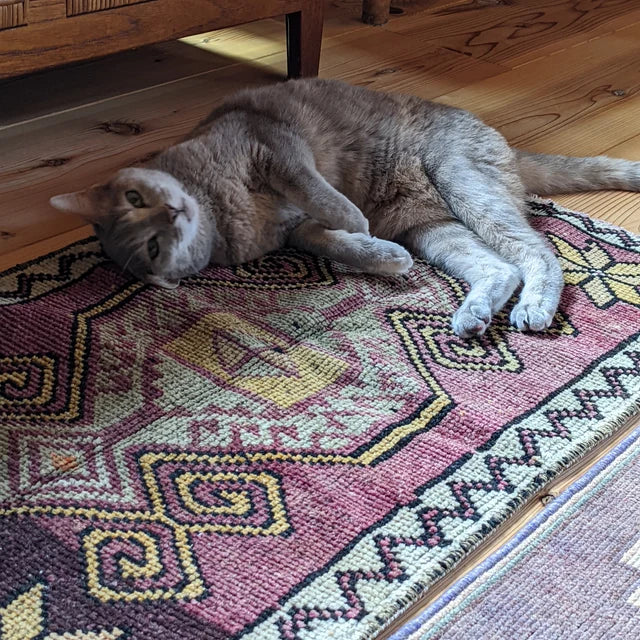
Knot Density and Weaving Technique
Consider a mosaic: the finer the details the tighter the tile arrangement is. Likewise, structural integrity and visual clarity also find a surrogate in knot density, expressed in knots per square inch (KPSI). While those with 200–400 KPSI provide detailed flower medallions and subdued shading, rugs with 100 KPSI or less often show bolder, more geometric designs. Higher densities call for extraordinary focus and hours of painstaking labor, which drives the cost of the handcrafted turkish rugs. Furthermore, regional knotting techniques—such as the symmetric Ghiordes knot of Ghiordes or the asymmetrical Senneh knot favored in some Persian carpets—tell to cultural lineage and directly affect rug value.
Age and Vintage Value
Time turns a rug into history; history usually translates into more expensive handcrafted vintage rugs. Particularly those over half a century old, vintage pieces highlight the mellowing of natural colors and the evolution of a gentle patina that contemporary copies can only approximate, not replicate. Older than one hundred years, antique carpets fall into a rare category where provenance, restoration, and condition can drive prices upward. Still, the story spun into every thread—from nomadic tribe tents to Ottoman palace workshops—conferes a sense of living history absent from fresh works. Both interior stylists and collectors value these patinated surfaces since they see not only décor but also heirloom grade investments.
Design Complexity and Size
Two factors usually cooperate to decide the price of Turkish rugs: design complexity and size. Measuring above 9x12 feet, large rugs need considerably more resources—doubling knot counts, warp threads, and labor hours than medium-sized carpets. Complex designs such centuries-old royal medallions, botanic scrolls, or pictorial scenes call for master-level expertise, which drives labor expenses upward. On the other hand, smaller accent rugs with simpler designs could seem more reasonably priced but, hand-knotted shows great quality. In the end, your decision should strike a mix between artistic desire and financial reality: a simple geometric kilim can beautifully ground a modern space at a fraction of the cost of an elaborate silk-blend area rug.
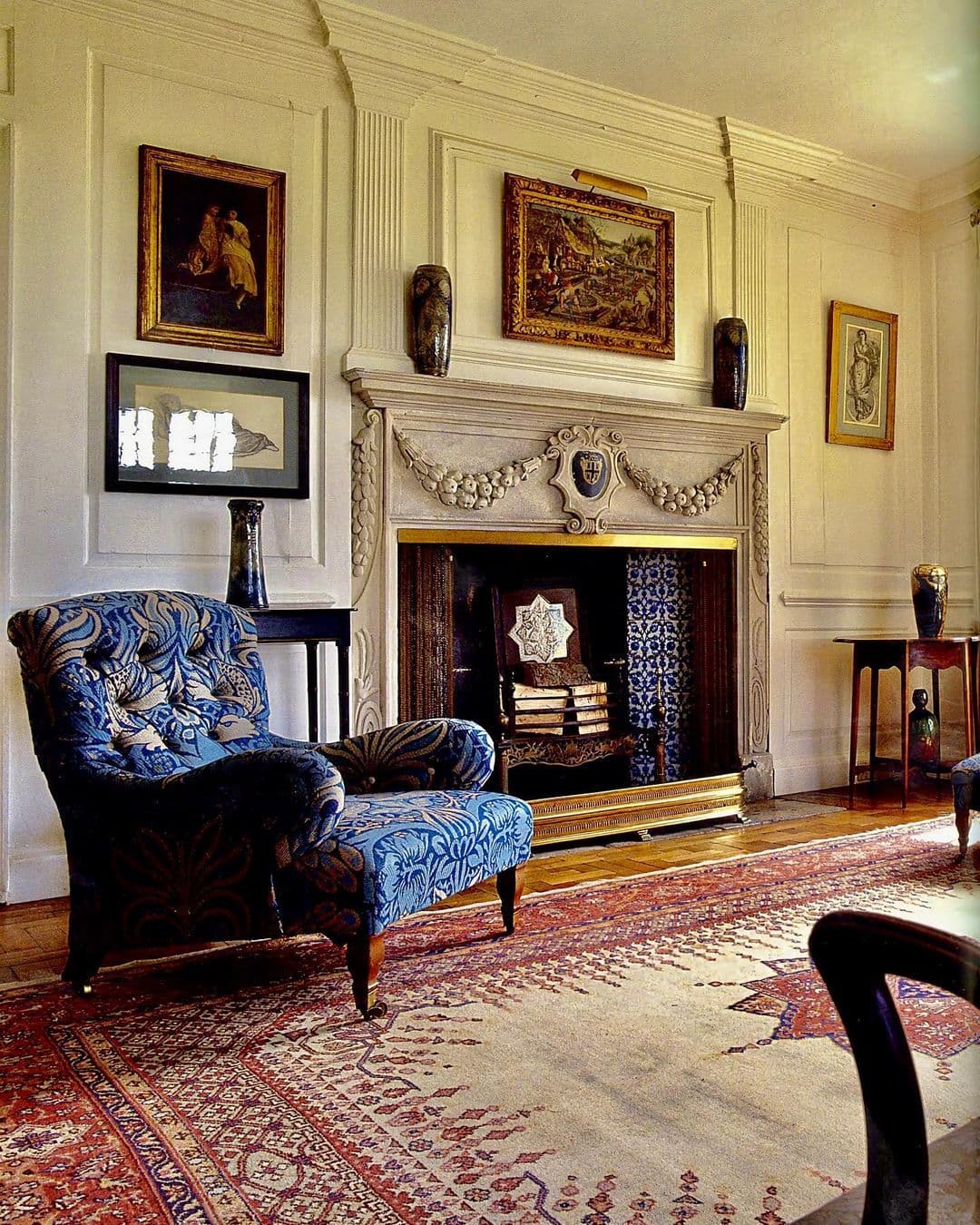
Average Price Range of Turkish Rugs in the USA
Small Rugs (up to 2x4 feet)
For hand-knotted patterns with moderate knot density and quality wool, small rugs—including prayer mats and decorative pieces—usually start about $30 and can run up to $200. Our Small Rugs collection at Kirmen Rugs guarantees choices in this price range, so allowing even budget-conscious consumers to enjoy the beauty of real handwoven textiles. These carpets, despite their small scale, show real workmanship and come with our certification of origin, so they are quite valuable at the entry-level Turkish rug pricing range.
Medium Rugs (2x4 ft to 6x9 ft)
Usually costing between $150 to $750, medium-sized rugs are perfect for living rooms, dining areas, and more major entrances. There is a wide range of wool and blended-fiber choices within this spectrum with knot densities and design complexity that fit both traditional and modern minimalist homes. Discover how handcrafted turkish rugs pricing match regionally inspired designs, from strong tribal elements to sophisticated floral themes, by looking through our Medium Rugs below.
Large Rugs (6x9 ft and Up)
Usually between $600 and $3,000, large area rugs are meant to anchor open-concept layouts and large rooms. This range will include everything from silk-blend showpiece items to strong all-wool tribal carpets. Our assortment of Large Rugs emphasizes these options so that, regardless of your priorities—durability or decorative flair—you may discover a quality hand-knotted rug at a Turkish rug price that meets your investment level.
Runner Rugs (Varied Sizes)
Though many customers can find a great hand-knotted runner in the $300 to $500 area, runners intended for kitchens, staircases, and hallways vary greatly in cost. These lengthy textiles create a visually appealing floor covering by requiring exact pattern continuity and unique loom configurations. Search our Runner Rugs collection for choices that fit form and budget by combining real workmanship with utilitarian length—each at a handmade rug pricing.
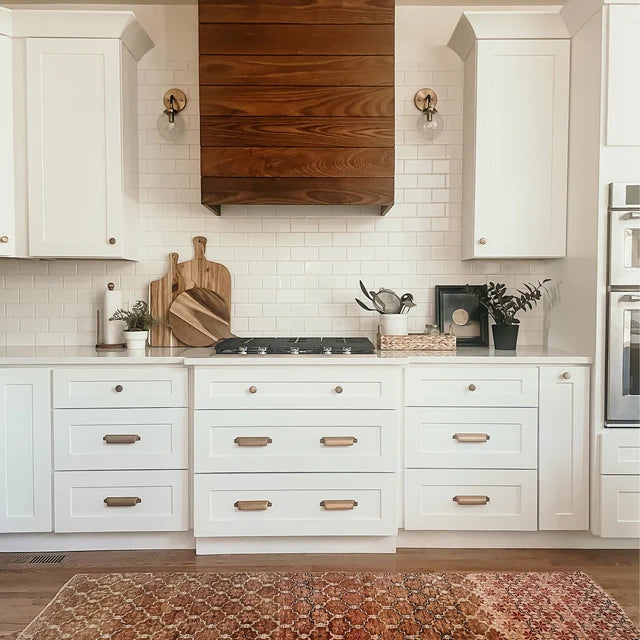
Are Turkish Rugs Worth the Price?
Durability and Longevity
A real hand-knotted Turkish rug can last generations when kept correctly—through gentle vacuuming, rotational placement, and expert cleaning every three to five years. The tight knot designs resist wear in high-traffic areas and natural wool fibers provide a tenacity not matched by synthetic equivalents. Though a turkish rug pricing could seem reasonable at first, its cost per year of use usually undercuts mass-produced floor coverings, therefore turning your purchase into a long-term value argument.
Aesthetic and Cultural Value
A Turkish rug is an immersing cultural relic not just for floor décor. Each geometric star pattern from Anatolian tribes, Ottoman floral arabesques, and Seljuk tile motifs has local history and symbolic importance. Showing these fabrics promotes discussion and communicates connoisseurship, therefore transforming interior spaces from simple homes to galleries of living legacy. This intangible cultural worth helps to explain why discriminating consumers would pay more for handmade vintage rugs that appeal to both sight and ethos.
Investment Perspective
Unlike many home furnishings that lose value once you leave the store, fine Turkish rugs—especially vintage or limited-edition pieces—often hold or even grow in value. Every piece you buy from Kirmen Rugs comes with provenance paperwork, so supporting their collectible character. Whether you intend to trade your rug in a discriminating market years later or pass it on to the next generation, your initial handcrafted rug price becomes part of a prized, maybe valuable asset portfolio. Moreover, as design trends cycle, real antique and handcrafted carpets remain relevant and help to link modern and traditional homes with classic charm.





